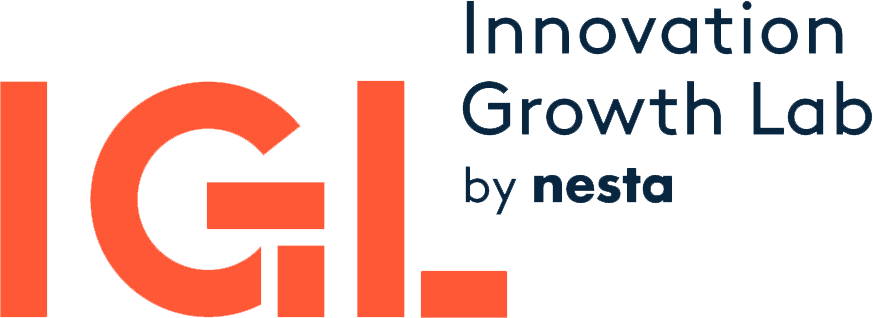Can improved access to credit jump-start microenterprise growth? We examine subjects in urban Hyderabad, India, six years after microfinance–an intervention commonly believed to lower the cost of credit and spark business creation–was randomly introduced to a subset of neighborhoods. We find large benefits both in business scale and performance from giving “gung-ho entrepreneurs” (GEs)–those who started a business before microfinance entered–more access to microfinance. Notably, these effects persist two years after microfinance was withdrawn from Hyderabad. However, any persistent benefits to “reluctant entrepreneurs” (REs), those without prior businesses, are much more meager and generally indistinguishable from zero. A model of technology choice in which REs can only access a diminishing-returns technology, while GEs can also access a technology with high fixed costs but high returns, can generate dynamics matching those observed in the data. These results suggest that heterogeneity in entrepreneurial ability is important and persistent; and that lenders entering a new market may be better off by focusing on borrowers at the intensive rather than extensive margin. We also provide some of the first evidence on the relationship between formal and informal credit from an individual’s social network. While microfinance crowds out informal finance for the novices, the informal financial relationships of seasoned entrepreneurs exhibit complementarities with access to formal credit.
Do Credit Constraints Limit Entrepreneurship? Heterogeneity in the Returns to Microfinance
Reference
Banerjee, Abhijit V. and Breza, Emily and Duflo, Esther and Kinnan, Cynthia, Do Credit Constraints Limit Entrepreneurship? Heterogeneity in the Returns to Microfinance (September 1, 2017). Buffett Institute Global Poverty Research Lab Working Paper No. 17-104.
